Market Analysis
In-depth Analysis of Sodium Hydroxide Market Industry Landscape
The market dynamics of the sodium hydroxide market exhibit a complex interplay of various factors influencing its supply, demand, and pricing. Sodium hydroxide, also known as caustic soda, is a crucial industrial chemical widely used in various sectors such as manufacturing, pulp and paper, textiles, water treatment, and chemicals production. One of the primary drivers shaping the market dynamics is the overall industrial activity and economic growth. As industrialization expands, the demand for sodium hydroxide increases due to its versatile applications across industries. Moreover, population growth and urbanization further propel the demand for products requiring sodium hydroxide, such as soaps, detergents, and aluminum products.
Supply-side factors also significantly impact the sodium hydroxide market dynamics. The production of sodium hydroxide involves the electrolysis of salt brine, a process primarily carried out by chlor-alkali manufacturers. Thus, the availability of raw materials, particularly salt, and the efficiency of manufacturing processes play a crucial role in determining the supply levels of sodium hydroxide. Additionally, technological advancements in production methods and the capacity expansions of key manufacturers influence the market dynamics by affecting supply volumes and production costs.
Global trade patterns and geopolitical factors contribute to the complexity of sodium hydroxide market dynamics. Many countries rely on imports to meet their sodium hydroxide demand, leading to fluctuations in prices and supply chains. Trade policies, tariffs, and geopolitical tensions can disrupt the flow of sodium hydroxide, impacting market dynamics and pricing structures. Furthermore, environmental regulations and sustainability initiatives influence market dynamics by driving manufacturers to adopt cleaner production processes and invest in green technologies, which can affect costs and supply levels.
The pricing dynamics of sodium hydroxide are subject to various factors, including raw material costs, energy prices, and market competition. Fluctuations in energy prices, particularly electricity and natural gas, significantly affect the production costs of sodium hydroxide, as electrolysis is an energy-intensive process. Moreover, the availability and cost of raw materials such as salt and caustic soda feedstocks impact production costs and, consequently, pricing dynamics. Market competition among manufacturers also influences pricing, with producers adjusting their pricing strategies to gain market share or maintain profitability.
Demand-side factors, such as changing consumer preferences and regulatory requirements, shape the market dynamics of sodium hydroxide. The demand for environmentally friendly products and sustainable manufacturing processes has led to increased adoption of sodium hydroxide substitutes and alternative production methods. Additionally, regulatory measures aimed at reducing pollution and improving safety standards impact the usage of sodium hydroxide in various industries, driving demand for eco-friendly alternatives and influencing market dynamics.
Market dynamics in the sodium hydroxide sector are also influenced by cyclical trends and seasonal variations. Certain industries, such as water treatment and cleaning products, experience higher demand for sodium hydroxide during specific times of the year, leading to fluctuations in market dynamics and pricing. Moreover, economic downturns and global crises can disrupt supply chains, affect consumer behavior, and impact the overall demand for sodium hydroxide, leading to shifts in market dynamics and pricing structures.

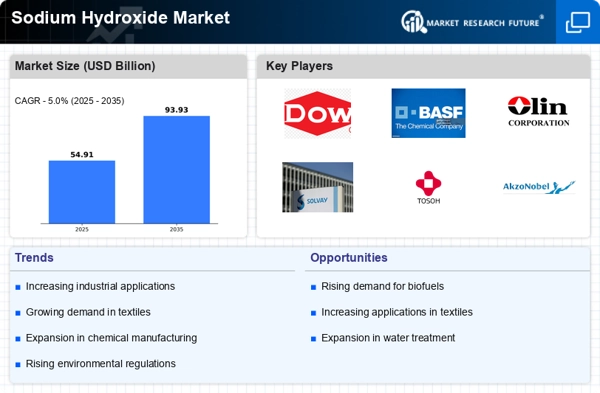
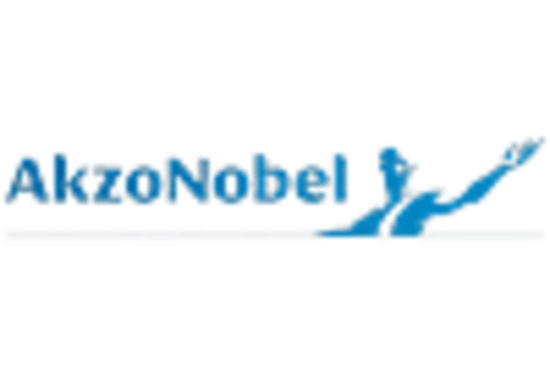

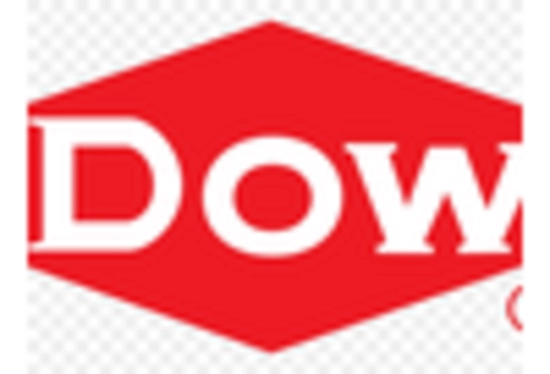
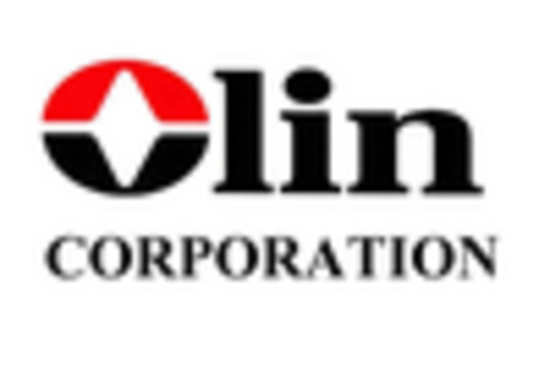

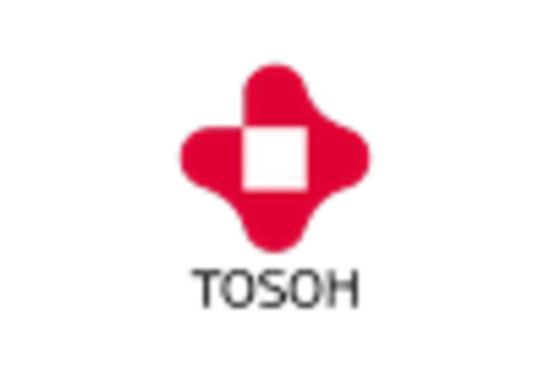

Leave a Comment